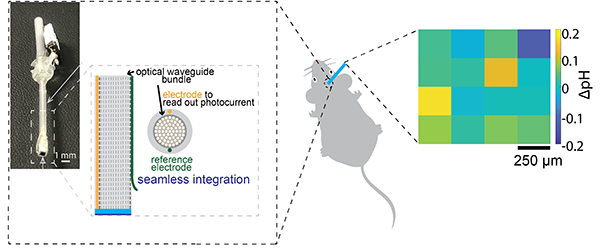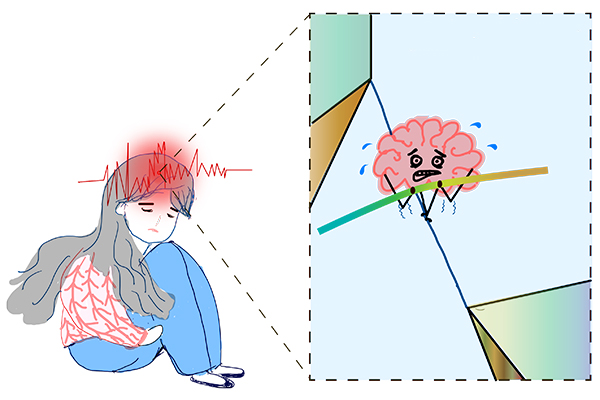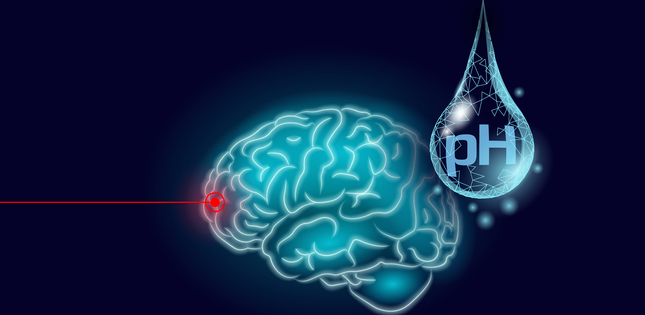Researchers at Tohoku University have developed the first all-in-one miniature pH probe for real-time investigations of intrinsic extracellular pH dynamics in the deep brain structures.
In our brain, over billions of dedicated workers --neurons and glial cells --form complex and efficient networks that constantly communicate with each other via subtle chemical signals to govern our behavioral output.
The brain chemistry is the fundamental language among brain cells. In our healthy brains, the chemistry stays relatively neutral and must constantly regulate the acid-alkaline fluctuations; otherwise it can lead to chronic brain disorders such as mental illness, glioma and seizures. Correlating in brain pH fluctuations with brain signaling and functions, therefore, provides a clearer understanding of the influence of pH on how our brain operates and how it malfunctions in a diseased state.
However, despite recent technical progression in electrical recordings of the brain and chemical monitoring technologies, limitations remain in measuring the chemical signaling, especially the pH of living organisms, i.e. in vivo.
The research team addressed these limitations by pioneering a hybrid device that fused two different technologies: a strand of thin fibers with seamless integration of electrical and optical functions and chemical sensors with measurement locations defined by light. The combination allows for in vivo spatially resolved detection of intrinsic chemical signaling inside the brain, especially the deeper regions, with high spatial, temporal and chemical resolution.
"We leveraged the thermal drawing process that is conventionally used in the telecommunication industry to fabricate fibers that integrate multiple functions, such as an optical waveguide, electrodes and chemical channels,' said Yuanyuan Guo, an assistant professor at the Frontier Research Institute of Interdisciplinary Sciences, Tohoku University.

Collaboration with professor Tatsuo Yoshinobu from the Graduate School of Biomedical Engineering led to the coupling of an active component --a chemical sensor with light addressability --to the fiber to realize an all-in-one hybrid chemical sensing probe for in vivo detections of subtle chemical changes in the brain. The first prototype focused on pH detections.
The probe was also tested for in vivo measurements thanks to professor Hajime Mushiake from the Graduate School of Medicine. It was able to detect slight pH fluctuations in response to seizures in rats.
"The next step for our team is to improve the spatial, temporal and chemical resolution to the level pertinent to the scales of the intrinsic neuronal dynamics," added Guo. "Our technological breakthrough will advance our basic understanding of brain chemistry and its correlation with brain functions."

- Publication Details:
Title: Miniature multiplexed label-free pH probe in vivo
Authors:Yuanyuan Guo*, Carl Frederik Werner, Shoma Handa, Mengyun Wang, Tomokazu Ohshiro, Hajime Mushiake, Tatsuo Yoshinobu
Journal: Biosensors and Bioelectronics
DOI: 10.1016/j.bios.2020.112870
Contact:
Yuanyuan Guo
Frontier Research Institute of Interdisciplinary Sciences
Email: yyuanguo fris.tohoku.ac.jp
fris.tohoku.ac.jp
Website: https://www.fris.tohoku.ac.jp/feature/interviews/vol08.html


